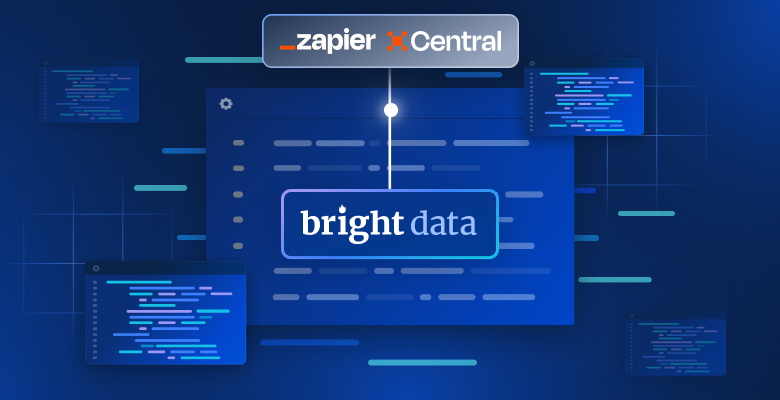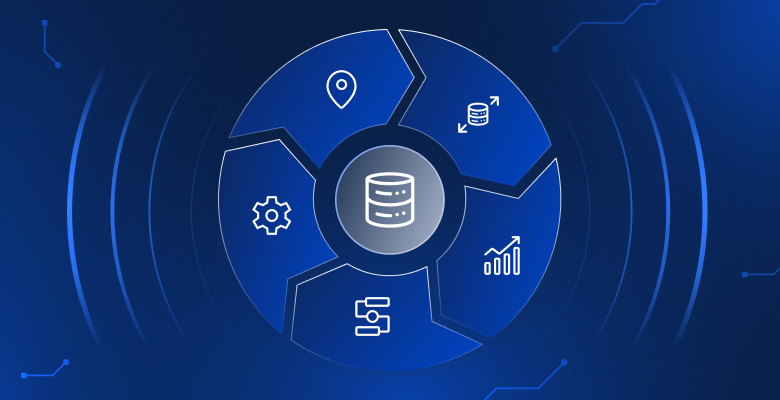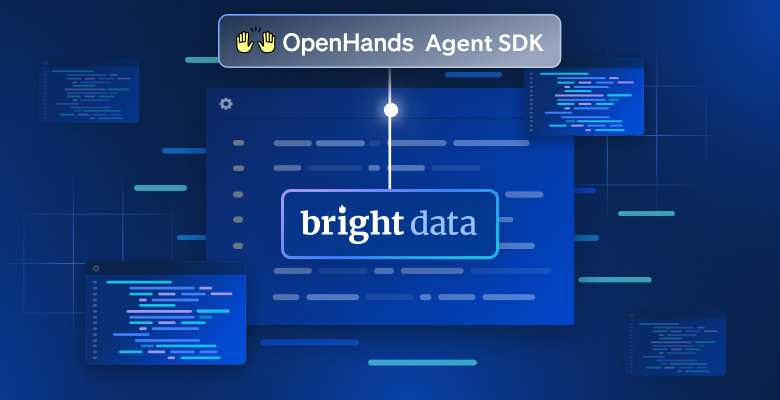In today’s global marketplace, you may have noticed that the price of the same product or service varies depending on your location. Whether you’re booking a flight, subscribing to a digital service, or shopping online, your geographic location can significantly influence the prices you see. But how does this work, and why is it important?
Let’s break it down.
What is Geographical Pricing?
Geographical pricing, also known as location-based pricing or zone pricing, is a strategy where businesses charge different prices for the same product or service based on the customer’s location. Pricing adjustments are often influenced by several factors:
- Local Market Demand: Regions with high demand may see higher prices for the same product.
- Purchasing Power: Prices may be lower in countries with lower average incomes to make products more affordable for consumers.
- Currency Exchange Rates: Prices are often adjusted to reflect local currencies and economic conditions.
- Logistical Costs: Transportation, tariffs, and taxes in different regions also affect the final price.
For example, a customer in the U.S. may pay more for a digital service than someone in India or Brazil, where the cost of living and purchasing power are lower.
How Websites Determine Your Location
Websites use several methods to determine your geographic location and adjust prices accordingly:
- IP Address: Every device connected to the internet has a unique IP address that exposes its approximate location. This is the most common method websites use to track location.
- Cookies and Browser Data: Many websites use cookies to store information about your browsing habits and previous visits, including your location.
- Location Services: Some apps and websites request explicit access to your device’s GPS or location data to provide location-specific content and pricing.
Industries That Use Geographical Pricing
Geographical pricing is commonly used across various industries. Here are a few key sectors where it is particularly prevalent:
- Airline Tickets: Airlines often adjust ticket prices based on the user’s location. For example, a flight from New York to Paris may cost more when booked from the U.S. compared to booking it from Europe.
- E-commerce Platforms: Online retailers such as Amazon frequently display different prices for the same product depending on the user’s location. For example, a gadget might be priced at $100 on Amazon’s U.S. site, while it could cost ₹7,000 (approximately $93) on its Indian counterpart.
- Streaming Services: Subscription-based services like Netflix, Spotify, and YouTube Premium are well-known for implementing geographical pricing. For example, YouTube Premium in the U.S. is priced at $13.99 per month for an individual plan, whereas in India, the same subscription costs ₹149 per month (around $1.99 USD).
India:

United States:

Navigating Geographical Pricing with Proxies
To compare prices across various regions, both businesses and consumers can use proxies. A proxy server acts as an intermediary between your device and the internet, routing your request through a different IP address. This process masks your actual location and allows you to simulate browsing from another region.
Benefits of Using Proxies
- Price Comparison: Proxies allow consumers and businesses to compare prices from different regions.
- Market Research: Companies can collect pricing data from multiple regions to refine their pricing strategies and analyze competitors.
- Global Access: Proxies provide access to region-specific content or services that may otherwise be restricted based on your location.
Using Bright Data Proxies for Geographical Pricing
Bright Data is a leading proxy provider with a global network of proxies. Bright Data offers different types of proxies on both shared and private servers, catering to a wide range of use cases. These servers can route traffic using the HTTP, HTTPS, and SOCKS protocols.
Why Use Bright Data Proxies for Geographical Pricing?
- Vast Global Network: Bright Data offers access to 150 million+ IPs across 195 countries.
- Accurate Geolocation Targeting: With Bright Data, you can target specific areas, down to the city, ZIP code, carrier, or ASN.
- Multiple Proxy Types: Choose from residential, datacenter, mobile, or ISP proxies, available in both shared and dedicated options.
- High Reliability: Bright Data boasts a 99.9% success rate and 99.99% uptime, which can reach 100% with the optional 100% uptime feature.
- Scalability: Bright Data provides flexible pricing plans, including pay-as-you-go models, making it easy for businesses of any size to access global data without committing to long-term contracts.
Steps to Use Bright Data Proxies
If you want to use Bright Data proxies for price comparison, follow these simple steps:
Step 1: Sign Up for Bright Data
Visit the Bright Data website and create an account. If you already have an account, proceed to the next step.
Step 2: Create a New Proxy Zone
After logging in, go to the Proxy & Scraping Infrastructure section and click Add to create a new proxy zone.

Select the proxy type that best fits your needs (e.g., Residential Proxies for mimicking real user behavior).

Step 3: Configure Proxy Settings
Select the countries or regions you want to simulate browsing from. Name your zone appropriately (e.g., “test_price_checking”).

Bright Data allows precise geolocation targeting, so you can select a specific city, state, ZIP code, or ASN.

Step 4: Complete KYC Verification
For full access to Bright Data’s residential proxies, complete the KYC verification process. This ensures compliance with Bright Data’s ethical standards.
Step 5: Start Using Proxies
Once your proxy zone is created, you’ll receive the necessary credentials (host, port, username, password) to start browsing from different regions and collecting pricing data.

Yes, it’s that simple!
Wrapping Up
Now that you understand how geographical pricing works and its impact on your online shopping or business strategies. Whether you’re comparing prices globally, conducting market research, or accessing region-specific content, Bright Data’s proxy services help you simulate browsing from different countries to gather accurate, real-time pricing data.
If you need to collect live data at scale from multiple locations and sources, opt-in for our Web Scraper API. The Web Scraper API offers an easy API data retrieval for dozens of popular domains, including Amazon, Walmart, Shein, Target, and more!
Register now to explore which Bright Data products best suit your needs. Plus, take advantage of the free trial to get started!








